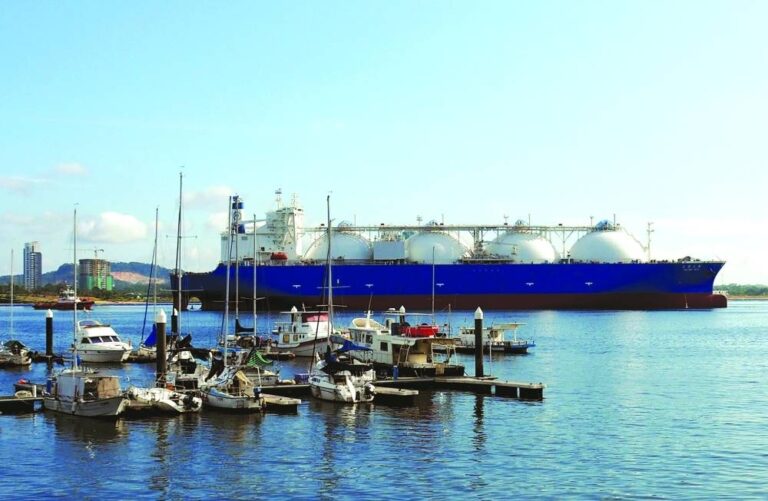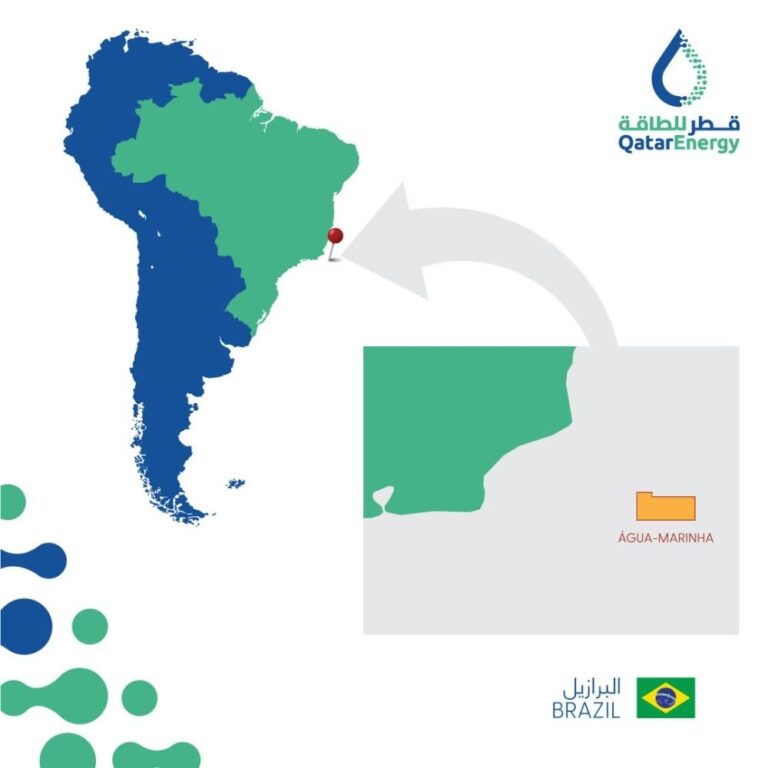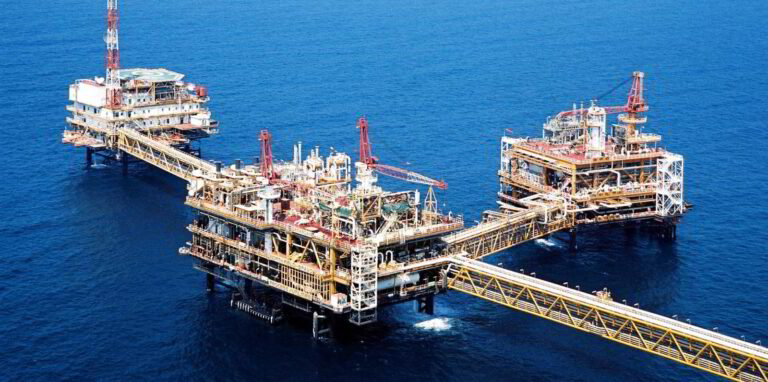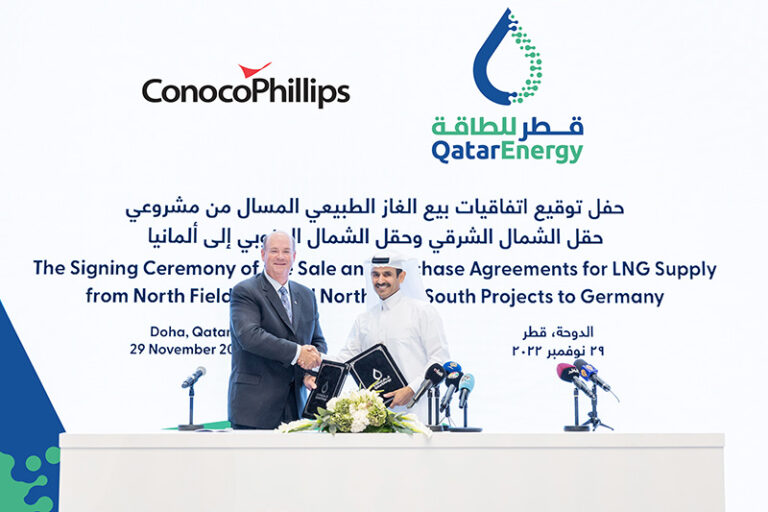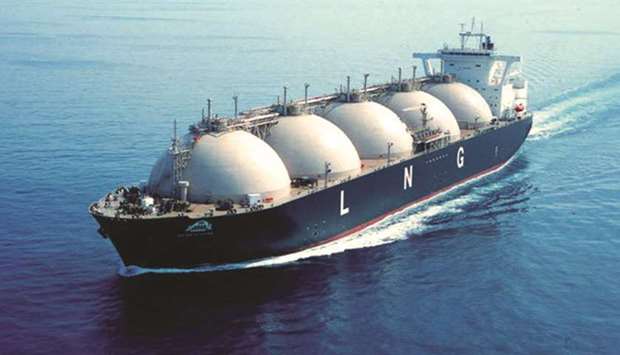LNG fleet expansion helps Nakilat eye robust global growth

Nakilat, whose liquefied natural gas (LNG) carriers account for about 10% of the global LNG carrying capacity, has said its greater fleet capacity and increased operational efficiency provide it with a “competitive” edge as its expands its international shipping portfolio through the recent strategic expansion of Nakilat’s fleet with an additional four LNG carriers, and the improved performance of its joint ventures and support services operating in the shipyard,
Nakilat has achieved sustainable and long-term growth over the past year, demonstrating its commitment to innovative sustainability and operational excellence, its chairman Abdulaziz al-Muftah told shareholders yesterday at the annual general assembly meeting, which approved the 2022 results and 13% dividend.
“This commitment has provided Nakilat with a greater fleet capacity and increased operational efficiency, providing us with a competitive edge in the LNG shipping sector, as the company expands its international shipping portfolio,” he said.
With a fleet strength of 74 vessels – one of the largest LNG shipping fleets in the world, Nakilat’s portfolio comprises 69 LNG carriers, four liquefied petroleum gas carriers and one floating storage regasification unit – the company is backbone of the transportation link in Qatar’s LNG supply chain, according to him.
“Our LNG fleet has a combined carrying capacity of over 9mn cubic metres, which is about 10% of the global LNG fleet carrying capacity,” he said, adding the majority of Nakilat’s vessels are fixed with long-term charters to reputable counterparties, creating a “steady and healthy” cash flow for the company.
Nakilat followed through its expansion plans with the delivery of “Global Sealine”, a technologically advanced LNG carrier new-build during 2022, demonstrating commitment to innovation, sustainability, and operational excellence.
“This allowed Nakilat to provide greater fleet capacity and flexibility to its customers and gave the company a significant competitive advantage in the energy transportation sector,” al-Muftah said, adding this also contributed towards the company’s efforts at reducing its carbon footprint and operating sustainably apace growing its international shipping portfolio.
He said the company’s resilience and the convergent efforts have enabled its sustained growth momentum and business continuity, creating immense value for both its customers and shareholders.
With a solid sense of direction from the company’s long-term expansion strategy and opportunities that re-emphasised its importance in achieving its targets, Nakilat has been smoothly sailing towards making significant contributions and notable accomplishments during 2022, al-Muftah said in the latest board report.
Supported by its Erhama Bin Jaber Al Jalahma Shipyard, Nakilat’s joint venture companies continue adding strategic value to its operations through dedicated services, including ship repair, offshore fabrication, as well as a range of maritime services, all of which contribute towards establishing Qatar as a shipping and maritime hub, in support of the Qatar National Vision 2030, according to him.

